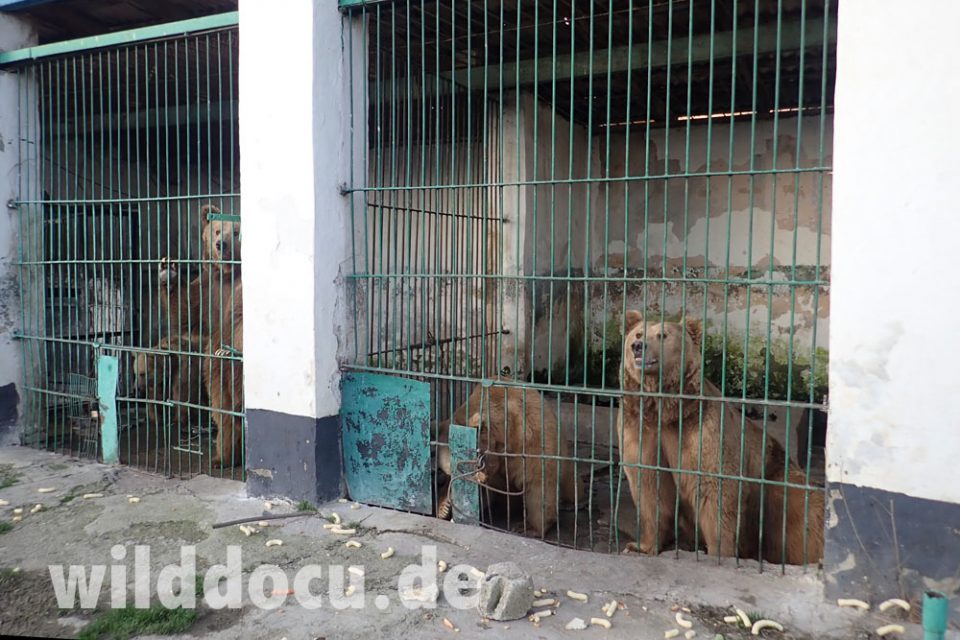I visited Tajikistan between February 15th and March 2nd 2020. They main purpose of the trip for me was to see Markhor. Of course I was equally excited to observe all other wildlife species – especially Snow Leopards – and birds.
I followed in the footsteps of Frans de Schamphelaere, who has posted two very detailed reports on mammalwatching.com – one relating to his trip during summer, the second trip he did in winter. I want to avoid to be repetitive and try to concentrate on additional information or different views.
Travel: I flew from Frankfurt, via Istanbul to Dushanbe, the capital of Tajikistan. The trip was booked with ANCOT (Association of Nature Conservation Organizations of Tajikistan). I met with four Americans – Emily, Bill, Anne and Luke – who had booked the same trip. We spent two days in Dushanbe and then went via the Nurek Reservoir, the city of Kulob and the Shurobod Pass to reach our guesthouse at the M-Sayod conservancy (pure driving time: 5:22).

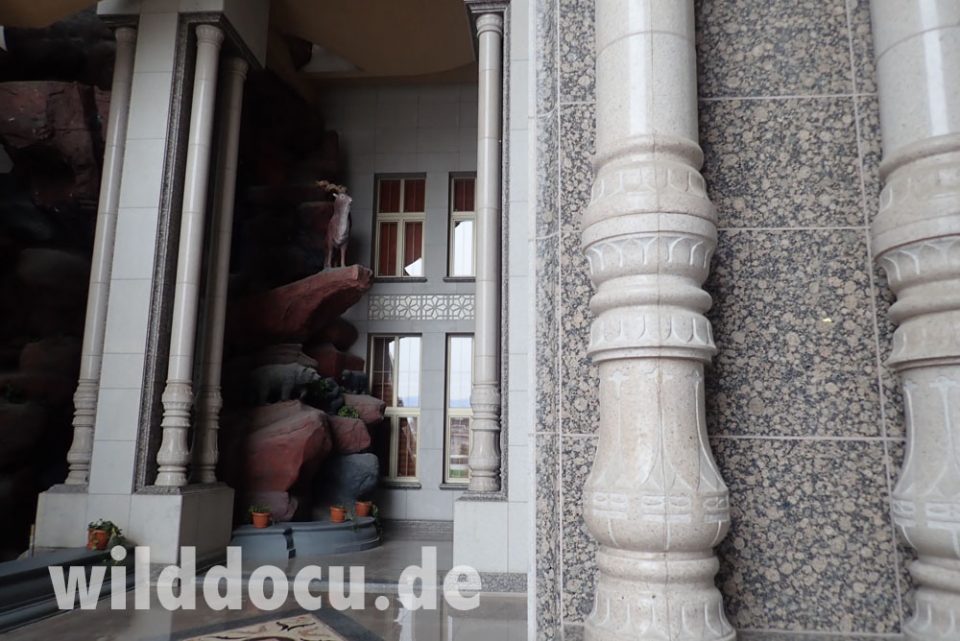
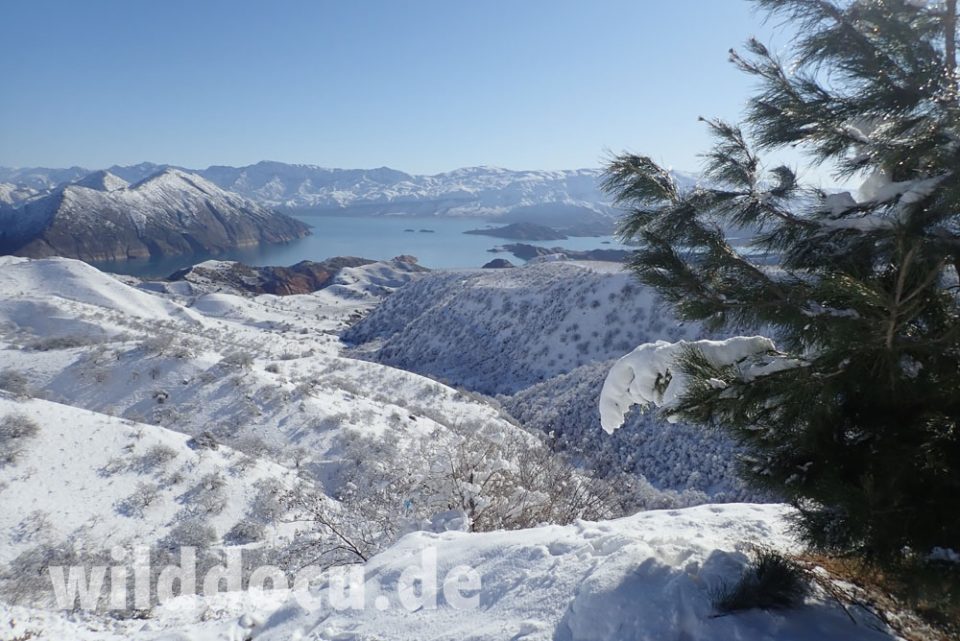
About ANCOT – in their own words: “The philosophy behind the Association is to develop conservation and sustainable-use initiatives by providing tools and skills to NGOs and small businesses in community-based conservancies.”
Community-based wildlife management is a recent development in Tajikistan. During and after Tajikistan’s civil war (1992–1997), poaching was rampant, especially in the Pamirs where food was insufficient, arms were easily accessible, and enforcement of hunting regulations was virtually absent.
Populations of all wild sheep and wild goat species as well as other wildlife suffered from this intensive pressure. In some areas local traditional hunters during the last years increasingly understood that past declines of wildlife were a direct effect of unregulated and intensive hunting, and that such declines would finally not only deprive them of their own hunting opportunities but also cause the loss of related income opportunities as well as the cultural value wild animals have in the local traditions.
Local hunters agreed to establish legally recognized control over the areas used by them, prevent community members as well as outsiders from poaching, and after recovery of the populations start a regulated and sustainable use, based on surveys and agreed quotas.
Since 2008 wildlife management areas that are protected by families or associations of local hunters have been established with the support of wildlife conservation and development organizations. Revenues generated from hunting, guided hiking, game-viewing and wildlife photography are to support the work of local rangers and nature guides, and any surpluses are invested into local development projects. This approach provides revenues to local families and motivates them to refrain from unsustainable poaching and to protect durably the wildlife populations and the ecosystems they rely on.
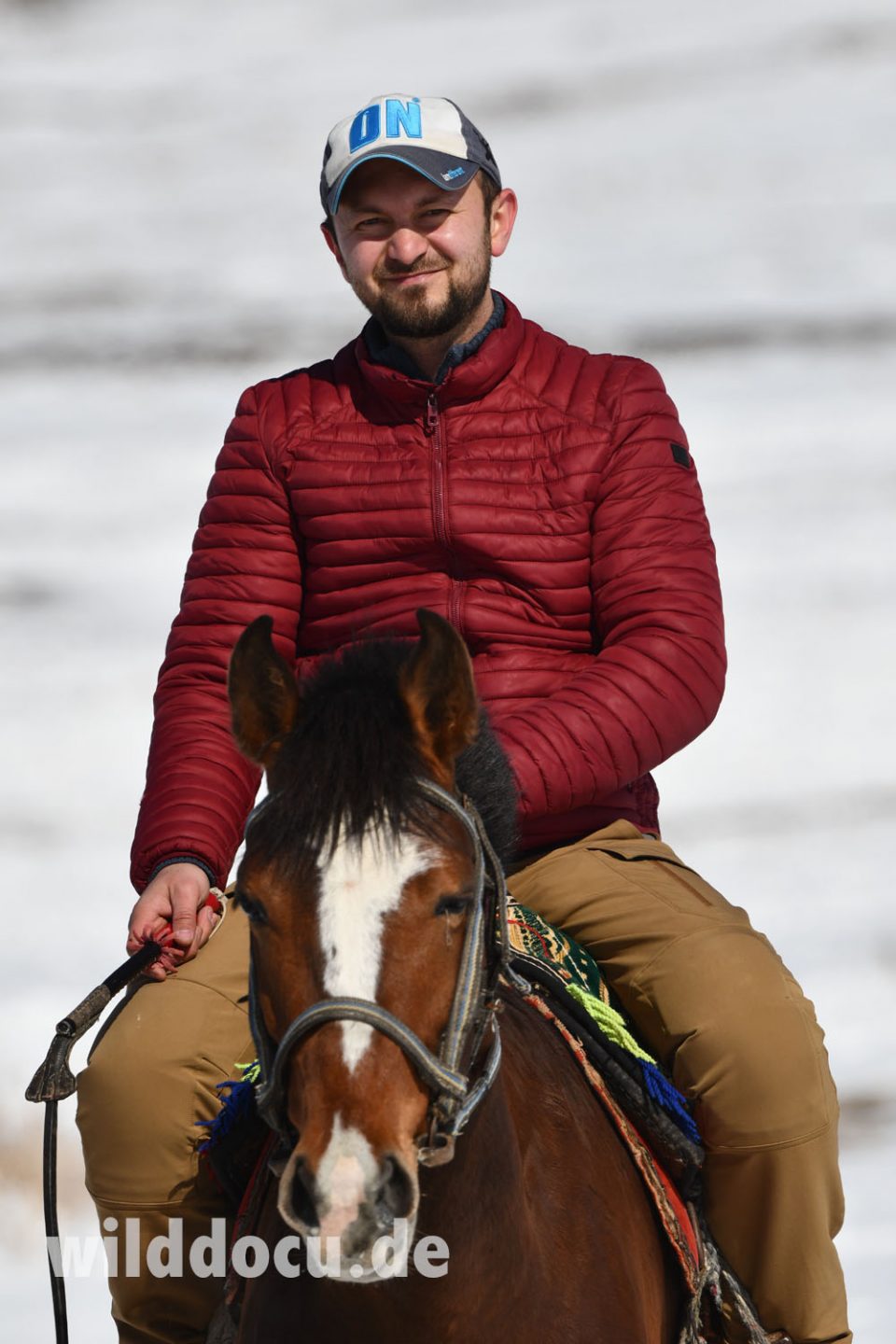
As of 2020 ANCOT has helped to set up 13 community-based conservancies, which cover almost 300.000 ha of wildlife habitat, inhabited by growing populations of mountain ungulates and other wildlife. Do give you an example: The Saidi Tagnob conservancy, one of the first ones, was established in 2008. Since then the number of Markhor rose from 40 to 400 in 2016.
It has to be pointed out that “sustainable-use initiatives” in plain English at the present means trophy hunting. Mammal watching and mountain guiding is a growing sector, but the money at present really comes from the hunters. Ayub Mulloyorov, one of the bosses in the conservancy, tells us that only 2 percent of the visitors are hunters, but they provide nearly 100 percent of the income paid by visitors. To comprehend that, you have to know that hunters pay astronomically high sums of money (i.g. 135.000 US$ for a Markhor).
Of course there is opposition against trophy hunting, and one downside of hunting in Darwaz could be indeed that there are fewer old, weak ungulates left for carnivores, raptors and vultures and hence there is fewer of these animals left to watch. Furthermore: Hunting makes the animals shy, and it becomes more difficult to observe them from a close distance.
To make a point: In areas with a hunting tradition like the Darwaz region only money can prevent poor, local people to hunt for subsistence. The creation of a National Park makes no sense as long as the state can’t pay the salary for gamekeepers. To compensate the money earned with hunters with mammal watching activities would require to boost tourism.
But as a true wildlife lover I don’t want booming tourism. I want the Darwaz Mountains to be kept wild. I need no hotels with bidets, no restaurants with western style food, no bridges with handrails. Instead I sleep in homestays and shit in holes, eat plain rice every day and walk on game paths. And if one day I should be too old for this, I stay at home.
After having seen the Darwaz Mountains I am convinced that ANCOT so far does a great job in terms of wildlife conservation. And you don’t have to rely on my opinion. Many well known conservation organisations support ANCOT like IUCN, the German institutions NABU, ZGAP and GIZ, the Darvin Initiative from the UK and Panthera from the US.
And then, there is one more thing to consider: If you want to see Markhor, you don’t have a choice, you can’t go anywhere else. Tadjikistan is most likely the only safe place on earth, where you can observe them. Kashmir in India, Pakistan, Afghanistan: I don’t dare to go there at the moment. There is one more subpopulation in the border area of Turkmenistan and Uzbekistan, but I haven’t read much about this area. The downside of mammal watching in a hunted area is – as mentioned before – that the animals are rather shy. The Markhors let you usually get no closer than 500 metres. But with patience, getting up at 3 am, climbing at night and hiding, it is possible to sneak up to the Markhors as close as 50 metres. You could be equally successful by patrolling the road in bad weather at twilight. One of our guides named Dodik is your man for this kind of Markhor watching. Accordingly we used to say: “Let’s go on a Dodik patrol!” Asiatic Ibex are usually higher up in the mountains and rather rarely seen from the road.
Writing about safety: Driving is always a concern. But the Darwaz region, where we mainly stayed, is still sparsely populated and also the through traffic is – at least during winter time – minor.
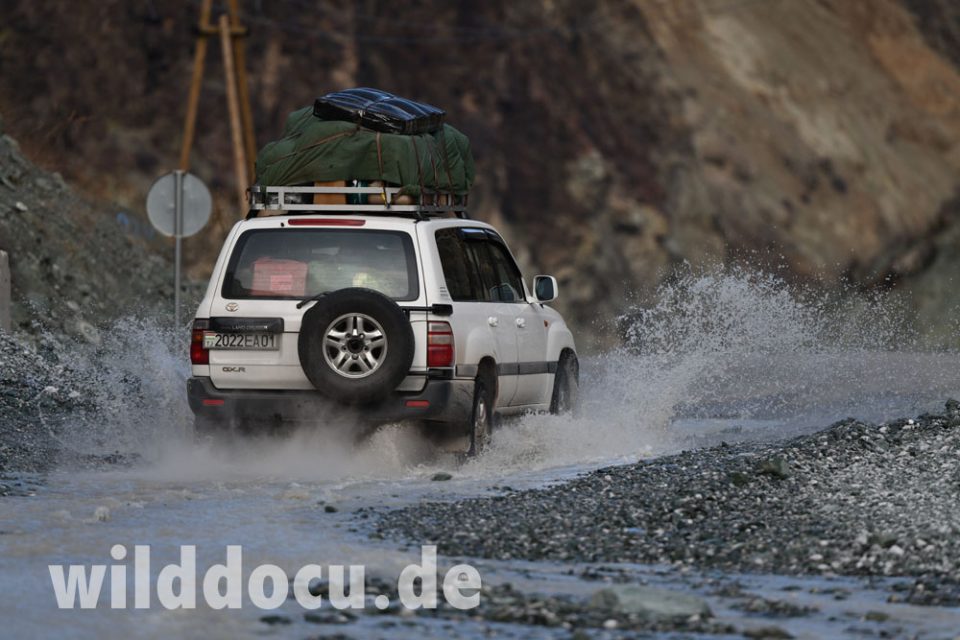
According to the German “Auswärtiges Amt” (Bureau of Foreign Affairs) the political situation of Tajikistan qualifies as “overall quiet”. The risk of terrorist attacks on western facilities appears as “minor”. However in July 2018 a group of cyclists was attacked near Dangara in the south of Tajikistan. Four people were killed and two injured. On November 6th 2019 17 people were killed at Ischkobod on the border to Usbekistan. The Tadjik government blames the IS.
During our staying we felt always safe. Our hosts and the local people in general were very friendly and supporting. Patrolling border guards were a daily occurrence, which is not unusual since we were right at the border to Afghanistan. But beware of these dogs, which are with the soldiers! They do not only chase cars …
At some places along the Panj River Road we could read signs warning of land mines. We always stayed away from these places. Of course you never know if they put the sign at the right place … However according to our hosts blowing up mines haven’t been a problem in the latest past.
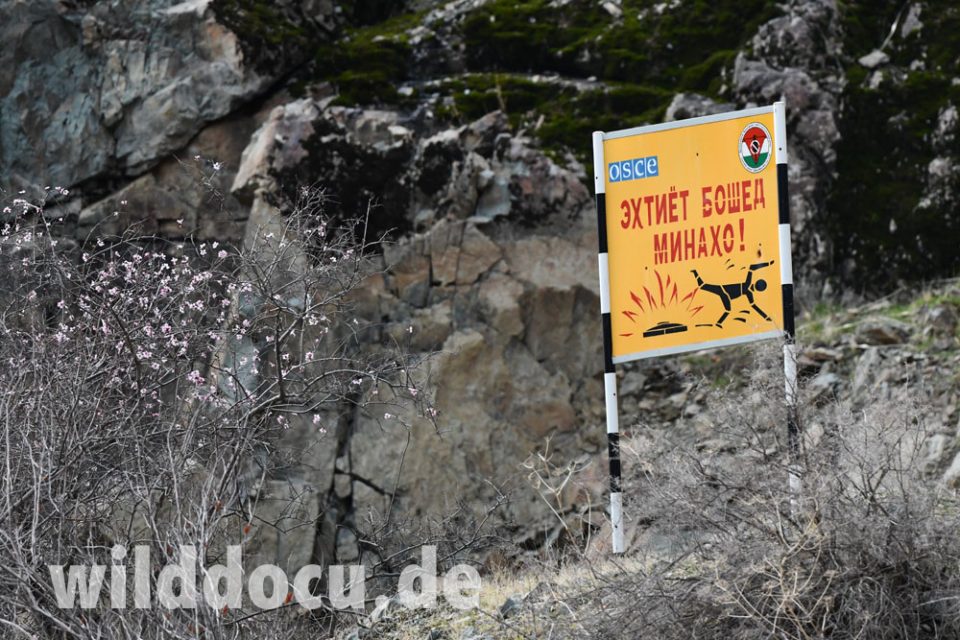
So your biggest safety problem is probably the roughness of the terrain. Trails exist often only in the lower portions of the valley. In the upper reaches you basically follow porcupine trails – if there is a trail at all. Avalanches and land slides are a factor too. The guides are very supportive and ask you to carry your stuff, but your best bet is probably to not push yourself too much. It has happened in our group as well as in groups that were here before us, that somebody said: This far and no further! The guides can handle such a situation.

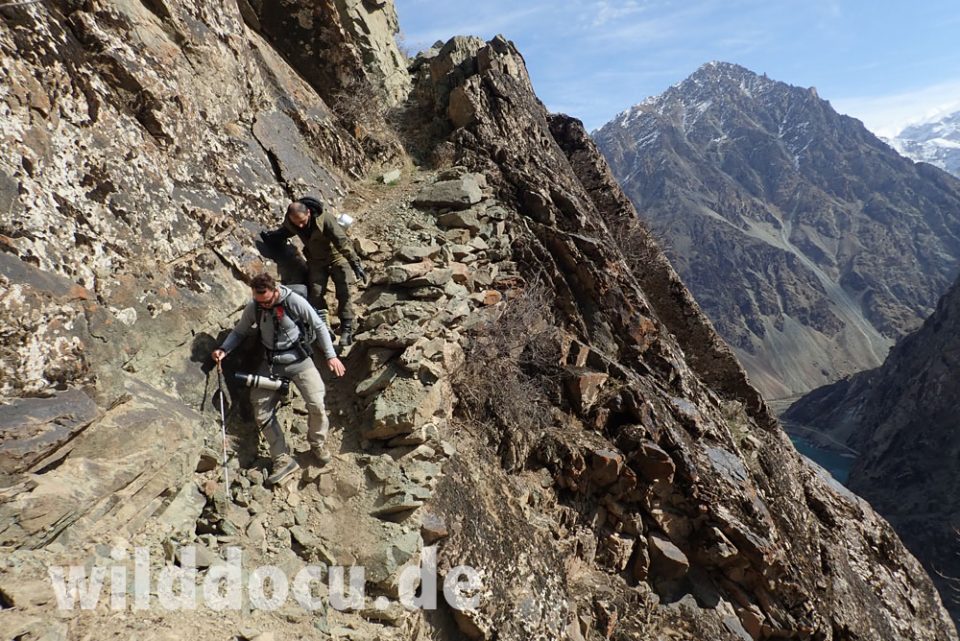
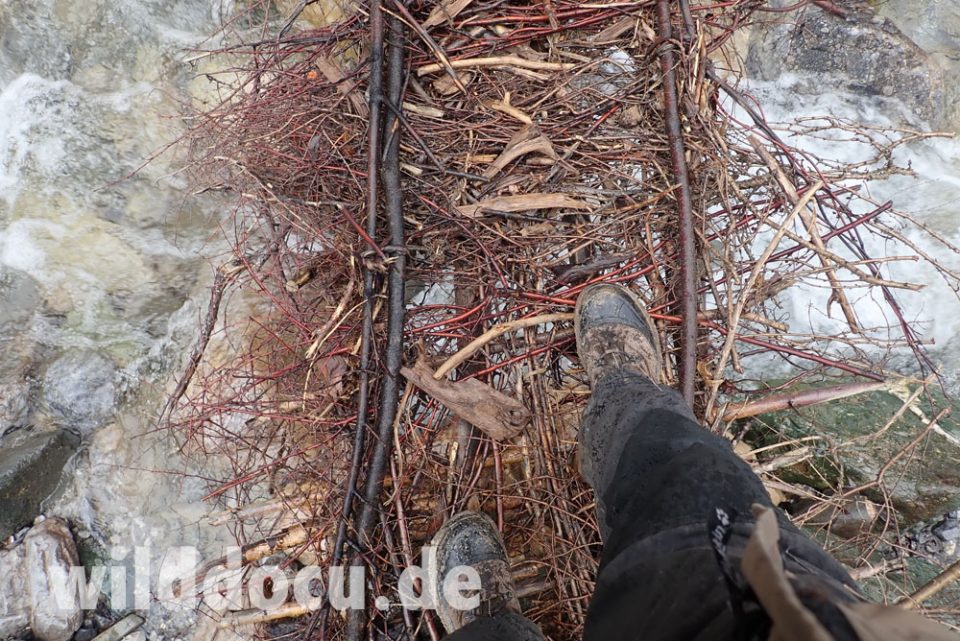

Temperatures were not really a concern. Of course you are well advised to wear good winter clothing during the long hours of waiting in the mountains. But the lower sections of the Darwaz region are very mild. The valley bottom of the Panj River lies at an altitude of around 1000 metres above sea level. Birds like Eversmann’s Redstart migrate here to spend the winter. In the middle of February wild almond trees were in bloom. During the last days of our staying temperatures during the day were even above 20°C.
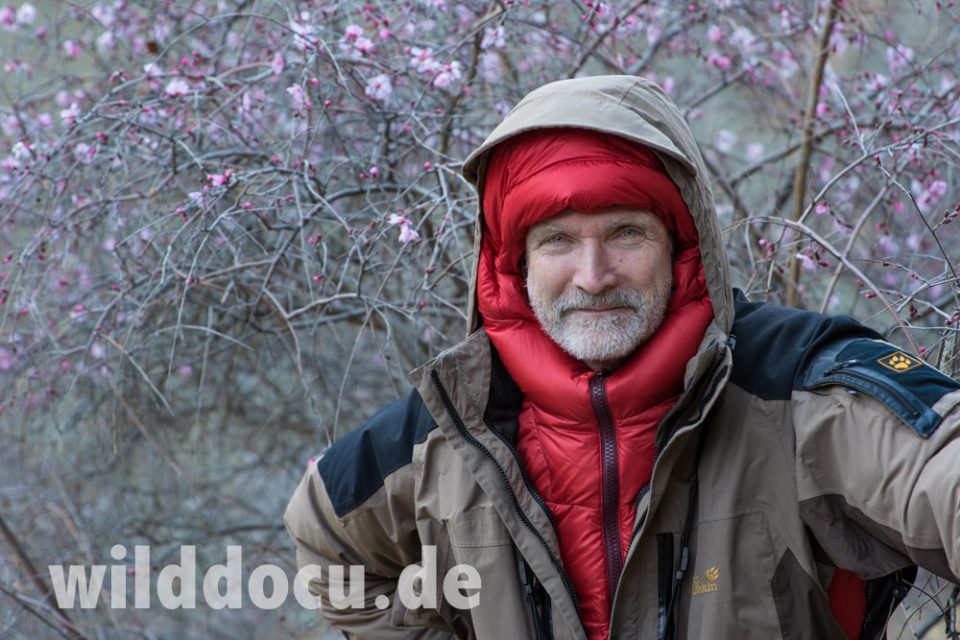
And this is what we saw

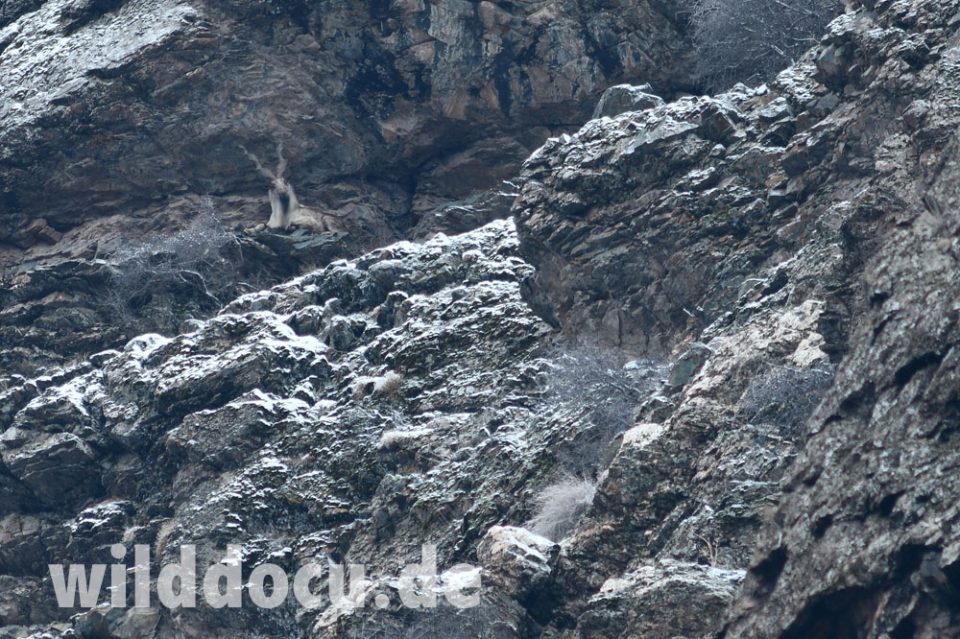
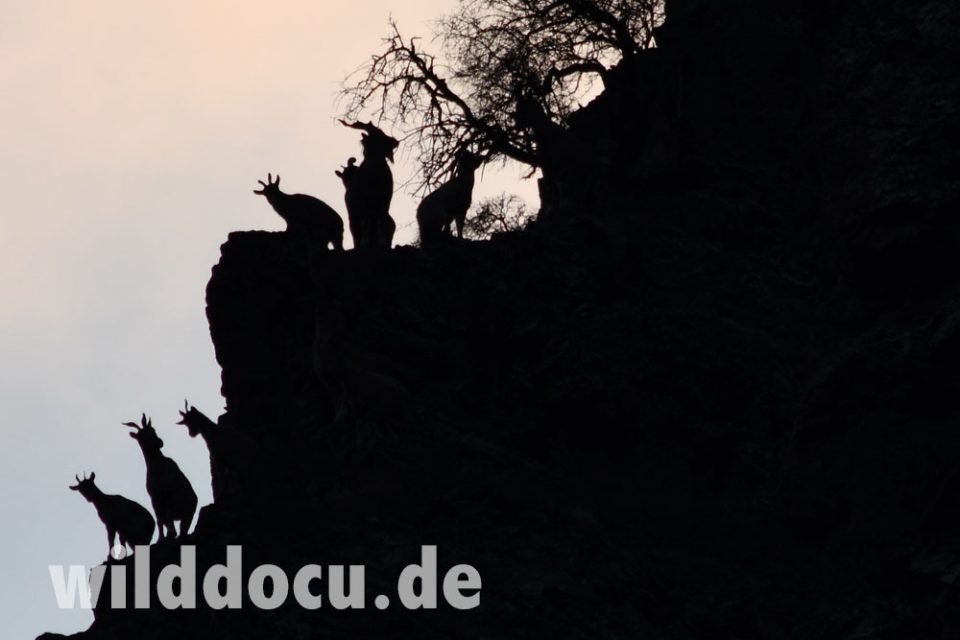




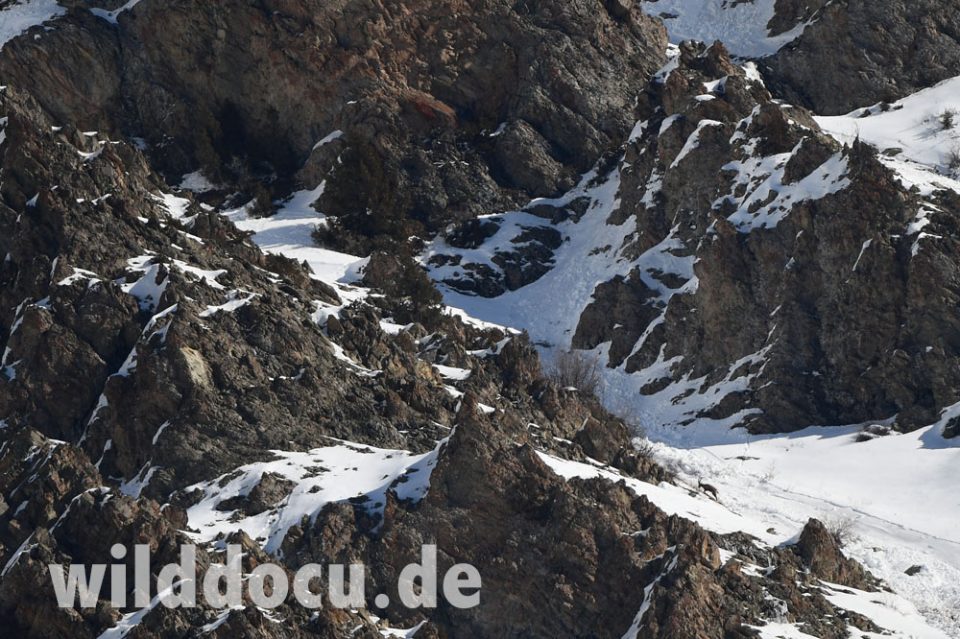

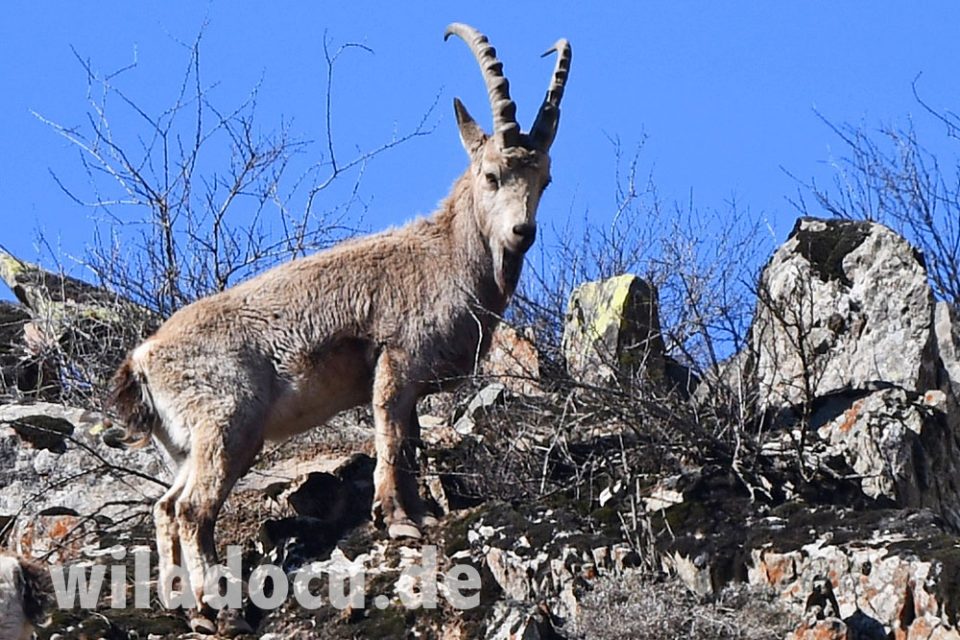
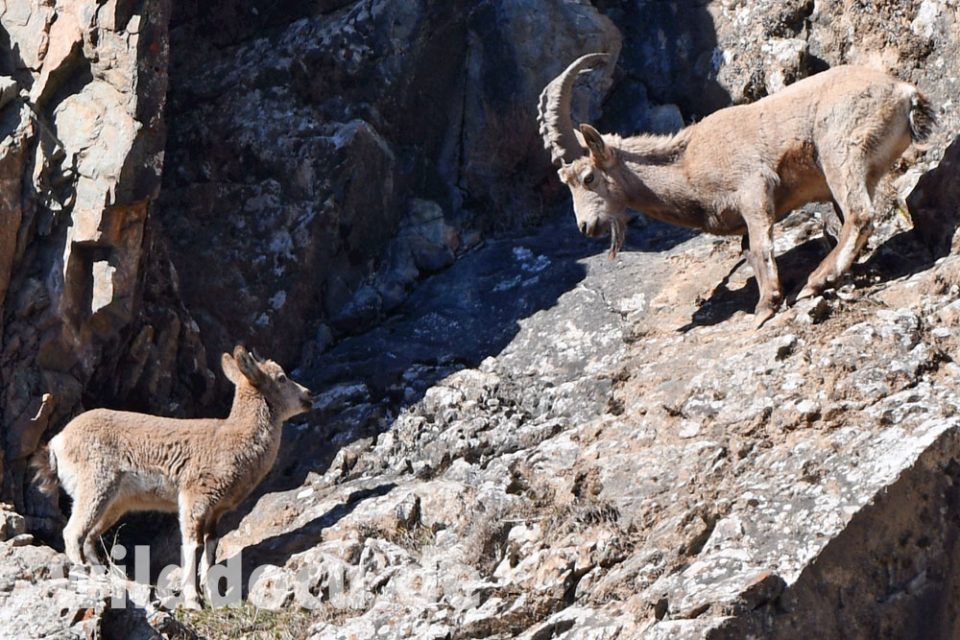
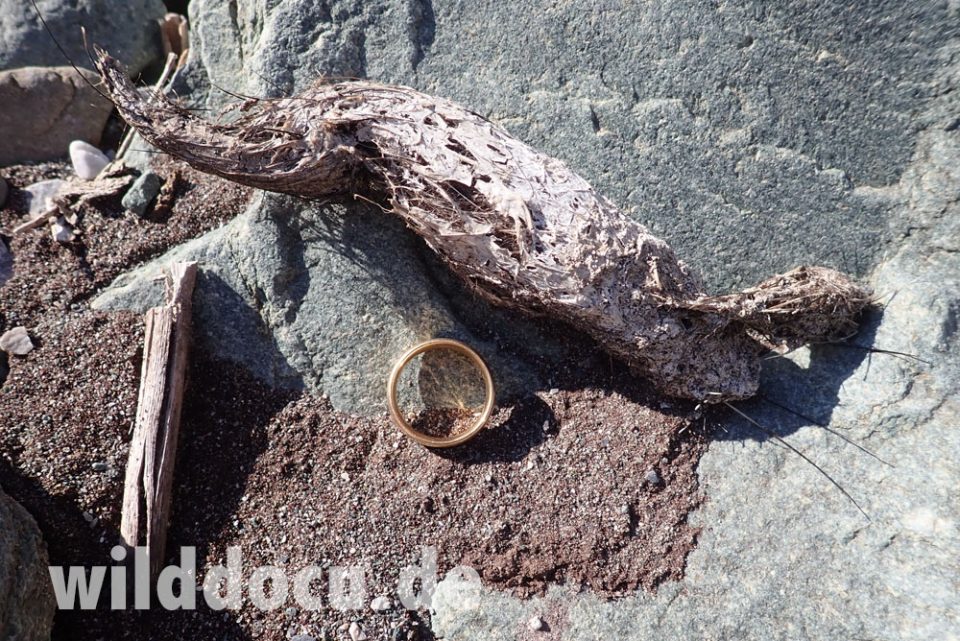
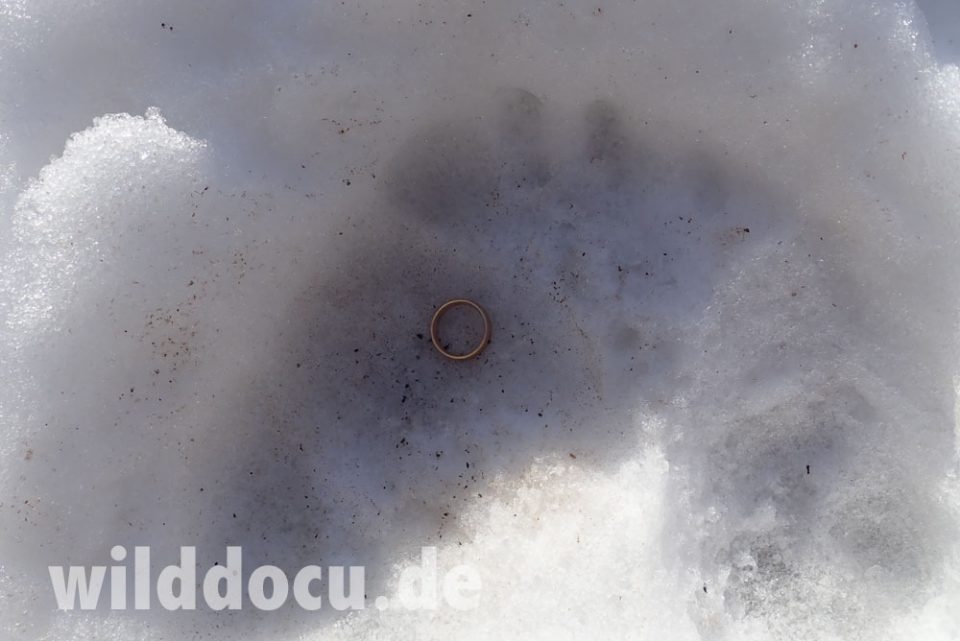
Behind the guesthouse the way goes up to Zamini-Chaghora – Mushroom Land. At around 1500 metres we have Ibex and Markhor only a few hundred metres apart, but at about the same elevation. Usually the Ibexes are higher up.
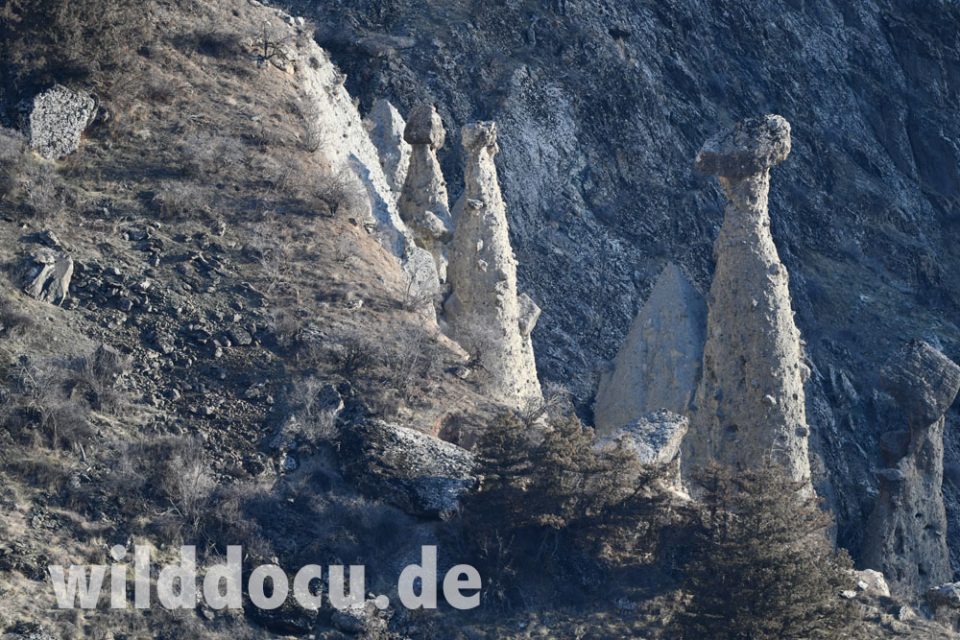
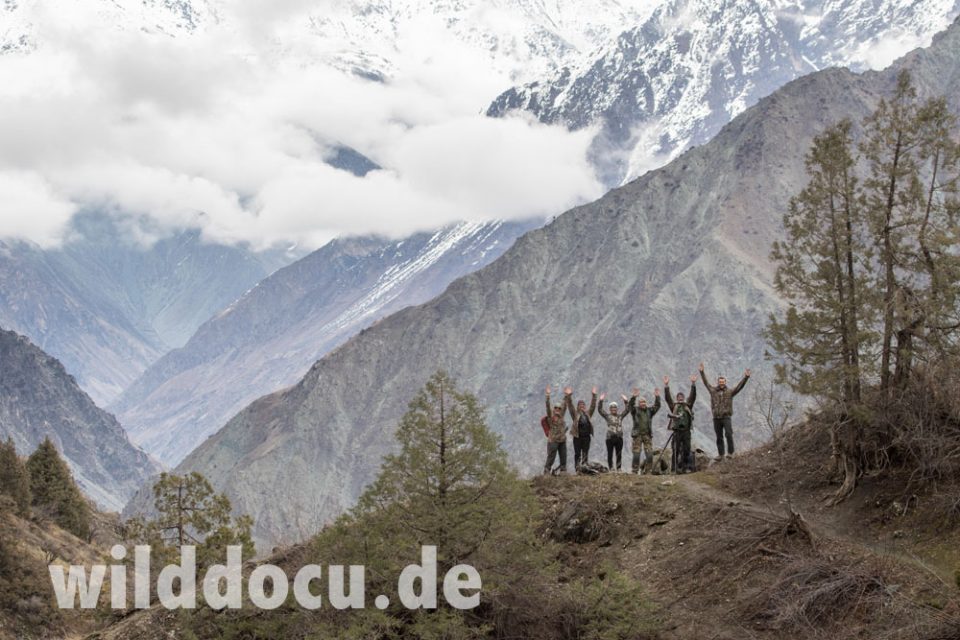
In the evening we see a small group of Markhors close to the road.
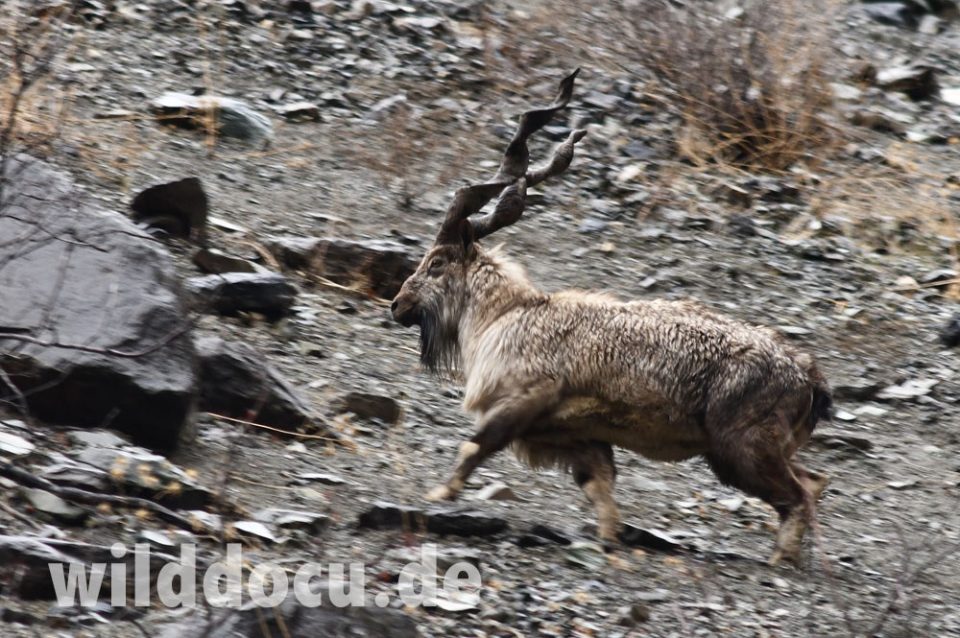
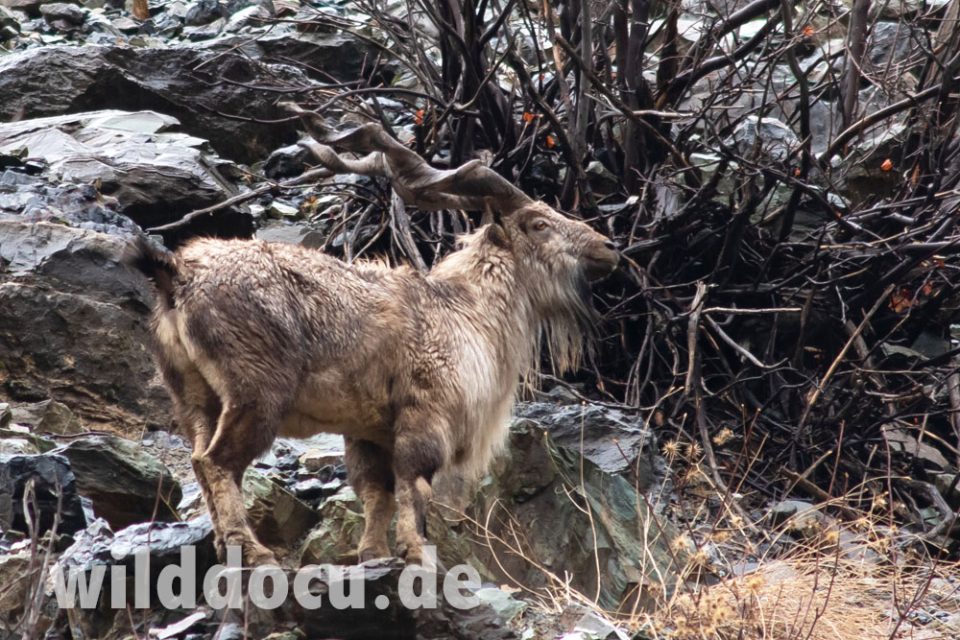




At Shpir Luke and I hike up the valley. As experienced before, there are many porcupines on the way, leaving quills all over the place. But the nocturnal animals we never get to see.
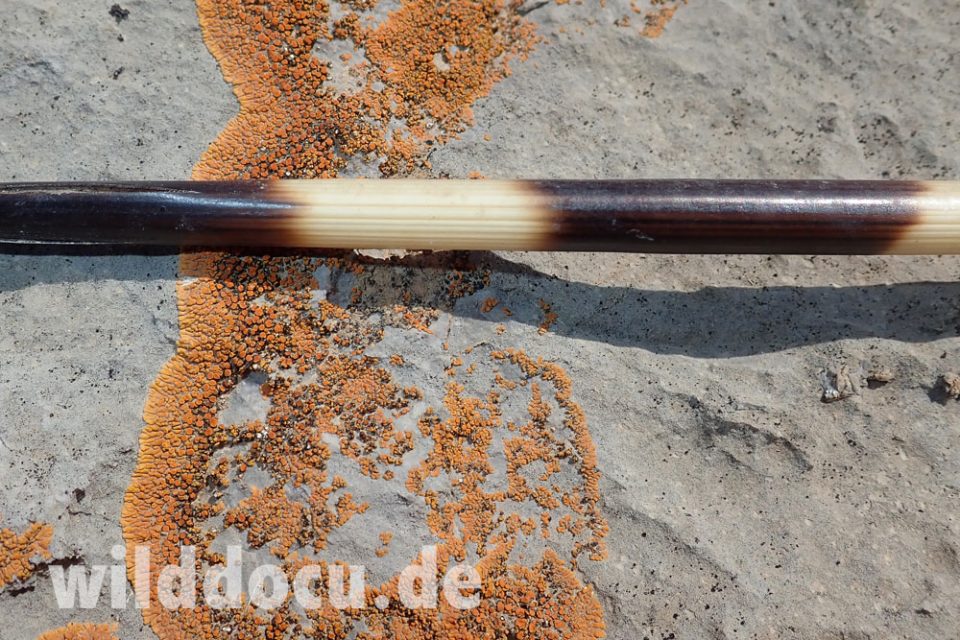
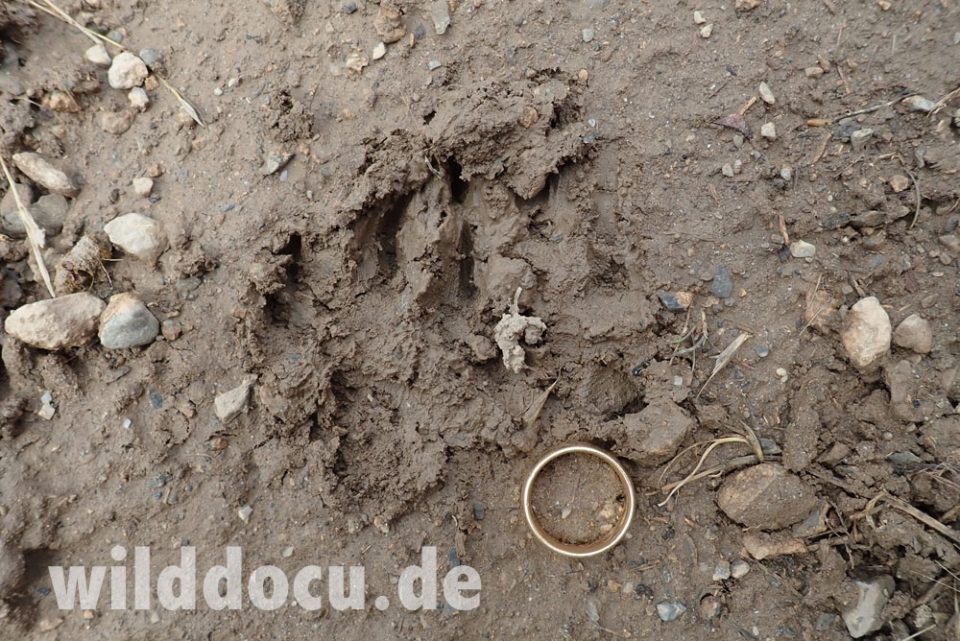

Two days before we have to leave Inat, Adab and myself go on very early hike. The alarm rings at 3 am. At 4.30 am we head for the police check point not far from Zigar. There Markhors had been seen the night before. We start climbing up with flashlights, but later turn them off to not be seen by the animals. We startle Chukars under our feet. Eventually we reach a ring of rocks, where we hide. Then the animals show up and come up the slope towards us.
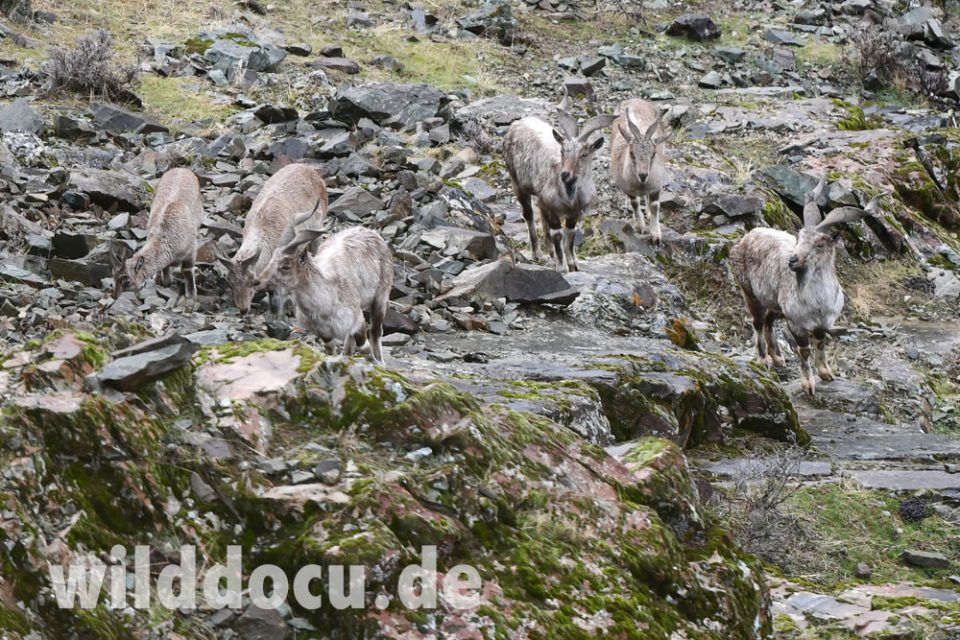
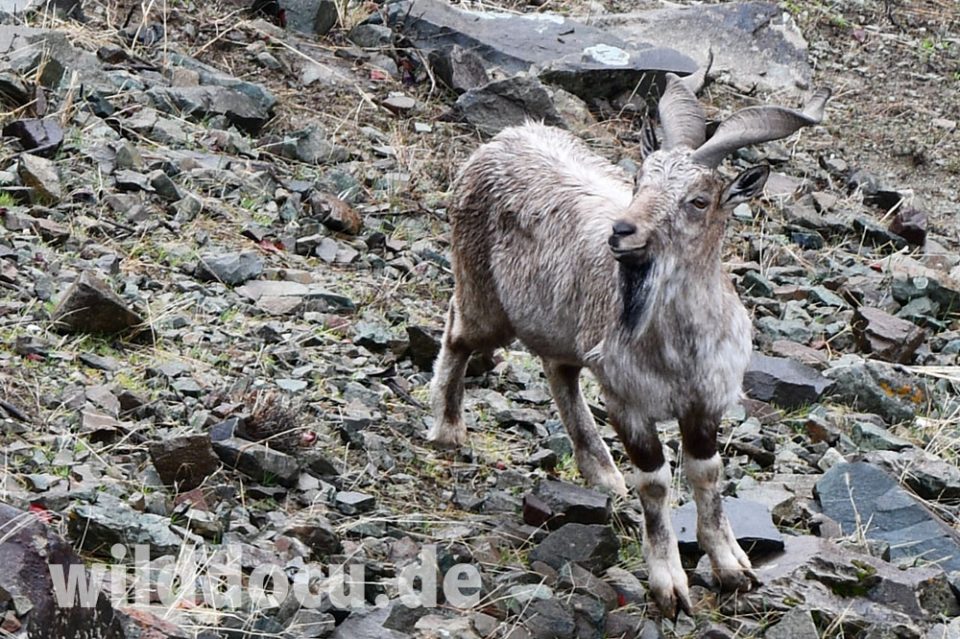
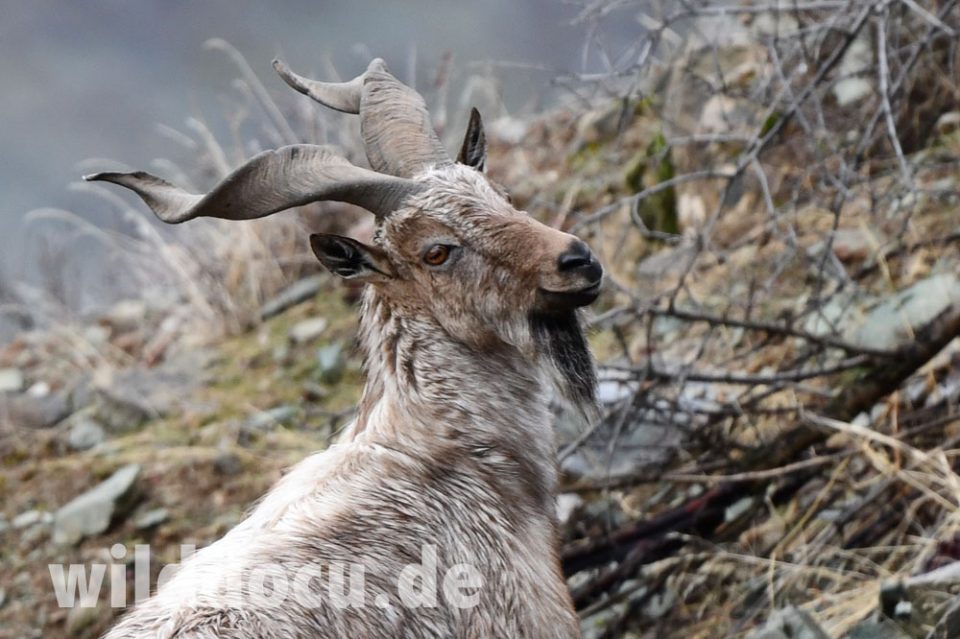
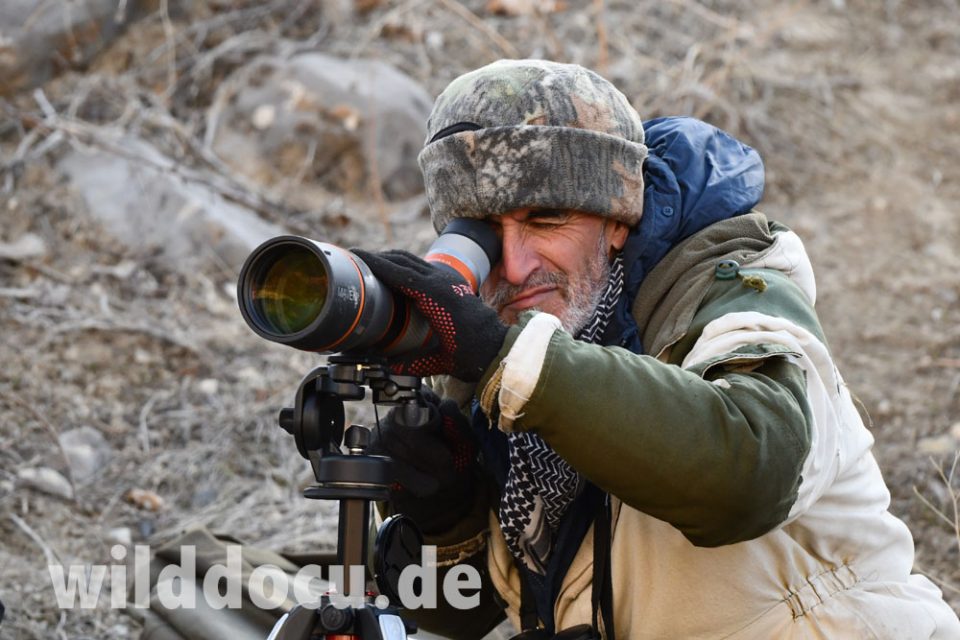
For the last day Luc and I decide to go to the Mushroom Land again. Guide Faro joins us. We reach the top, the landscape before us opens and I say: „Back in bear country!“ Faro has already set up his tripod and scope and after a few seconds waves at us. It takes us a few seconds to reach him. Too late! Faro has just seen a bear. But we are too late to see it too. Bad luck.


